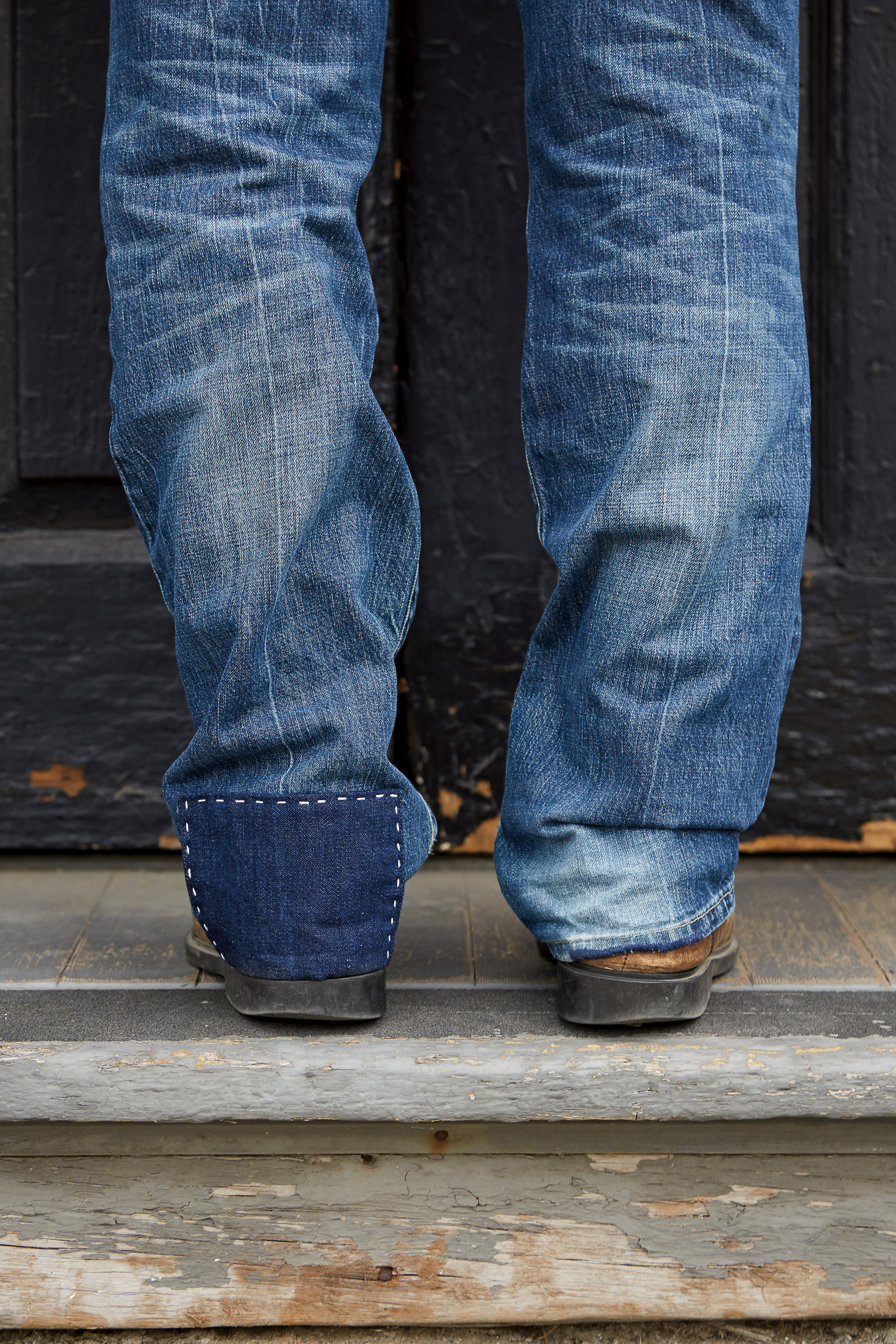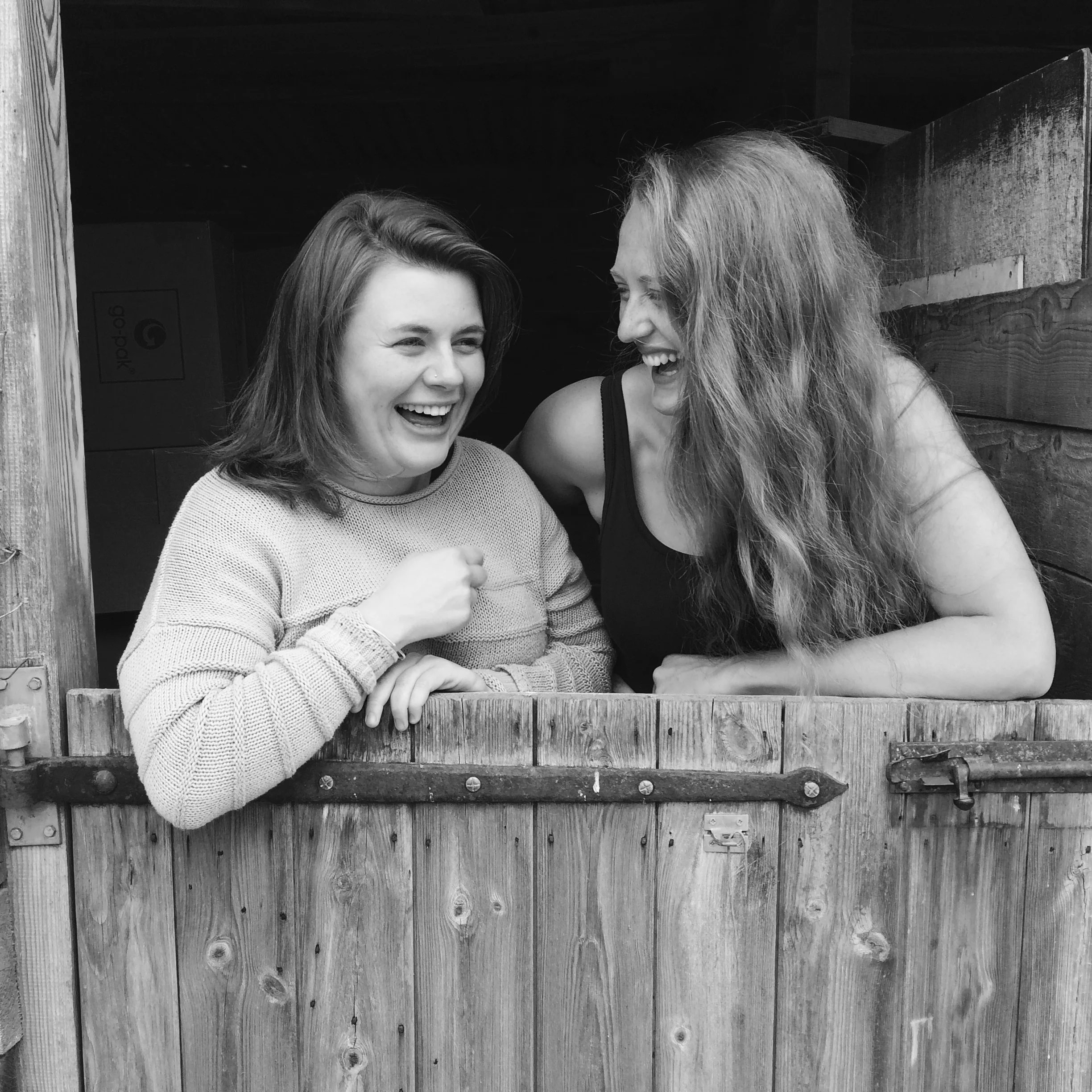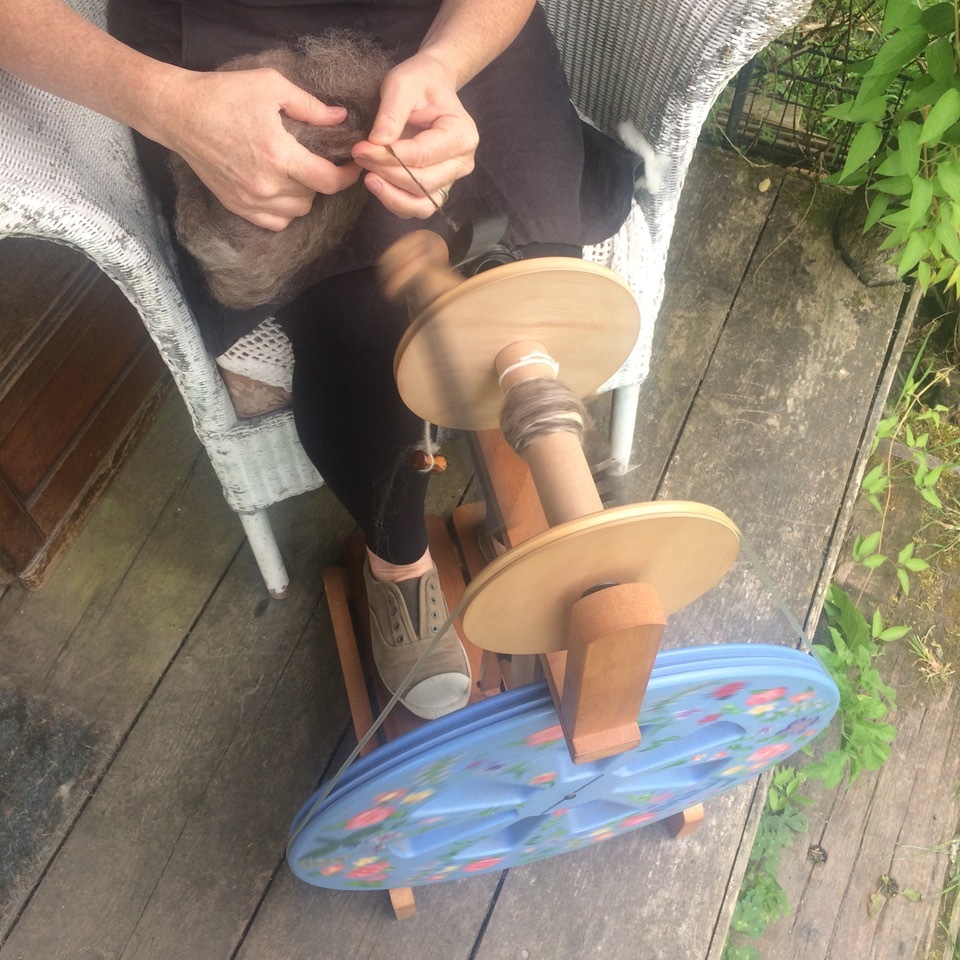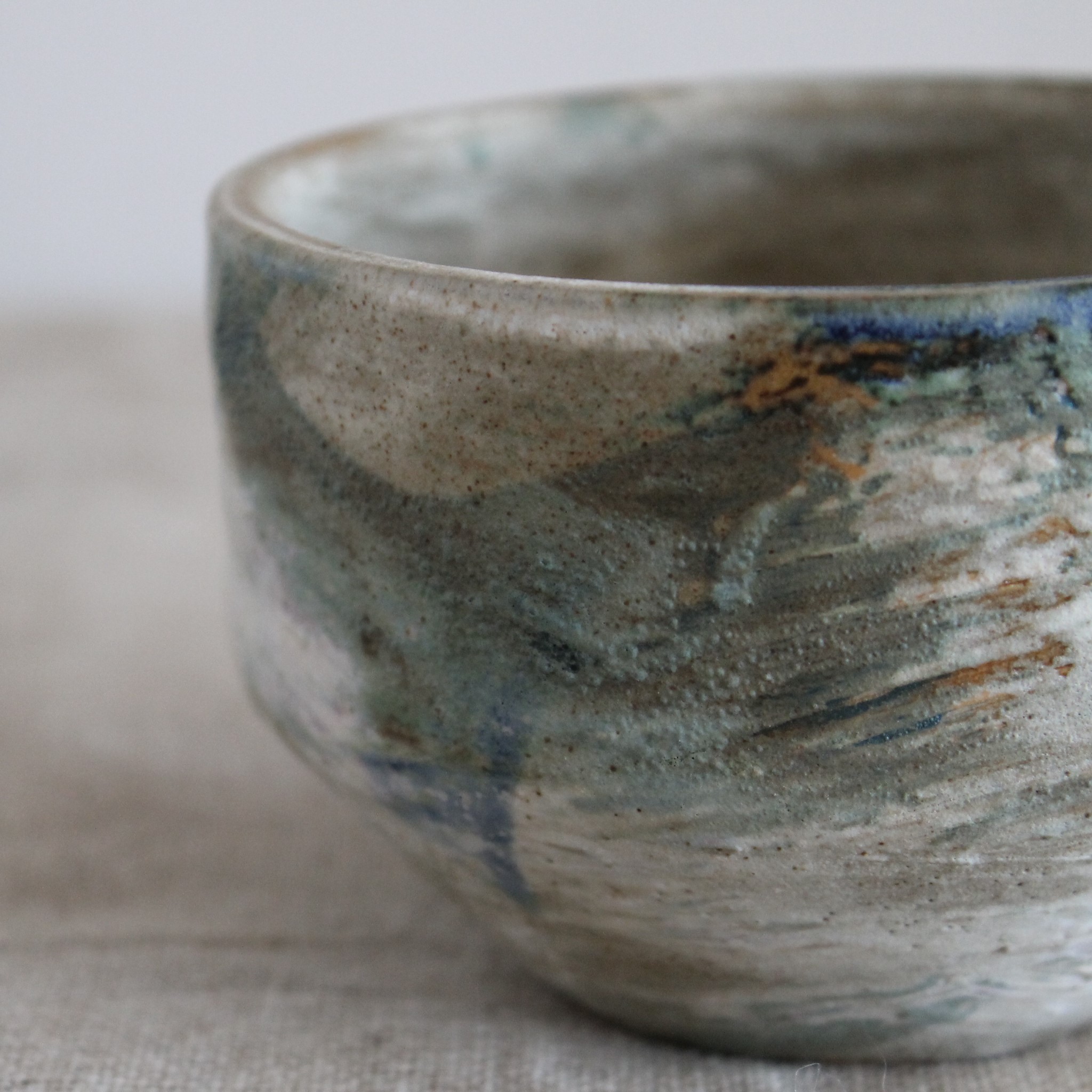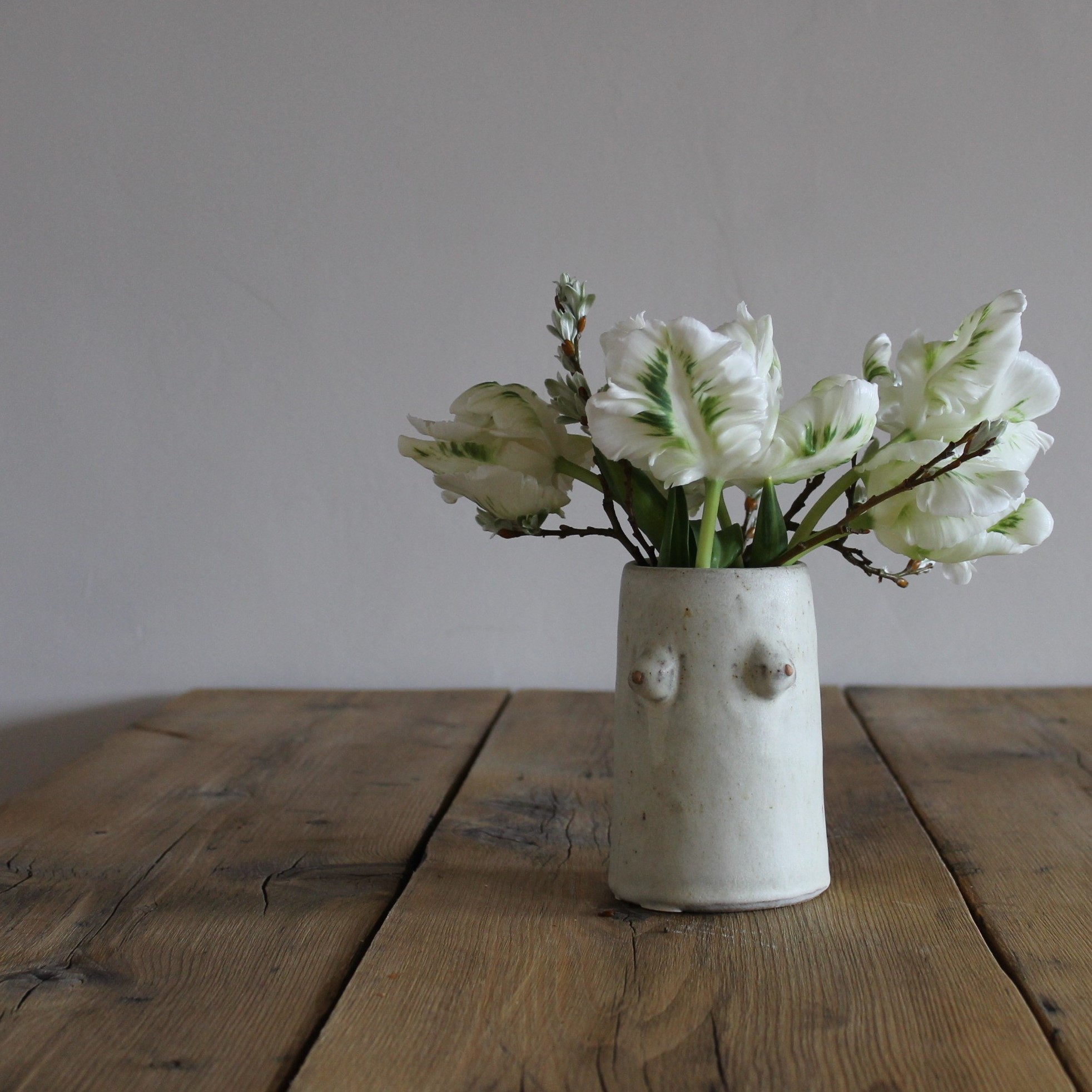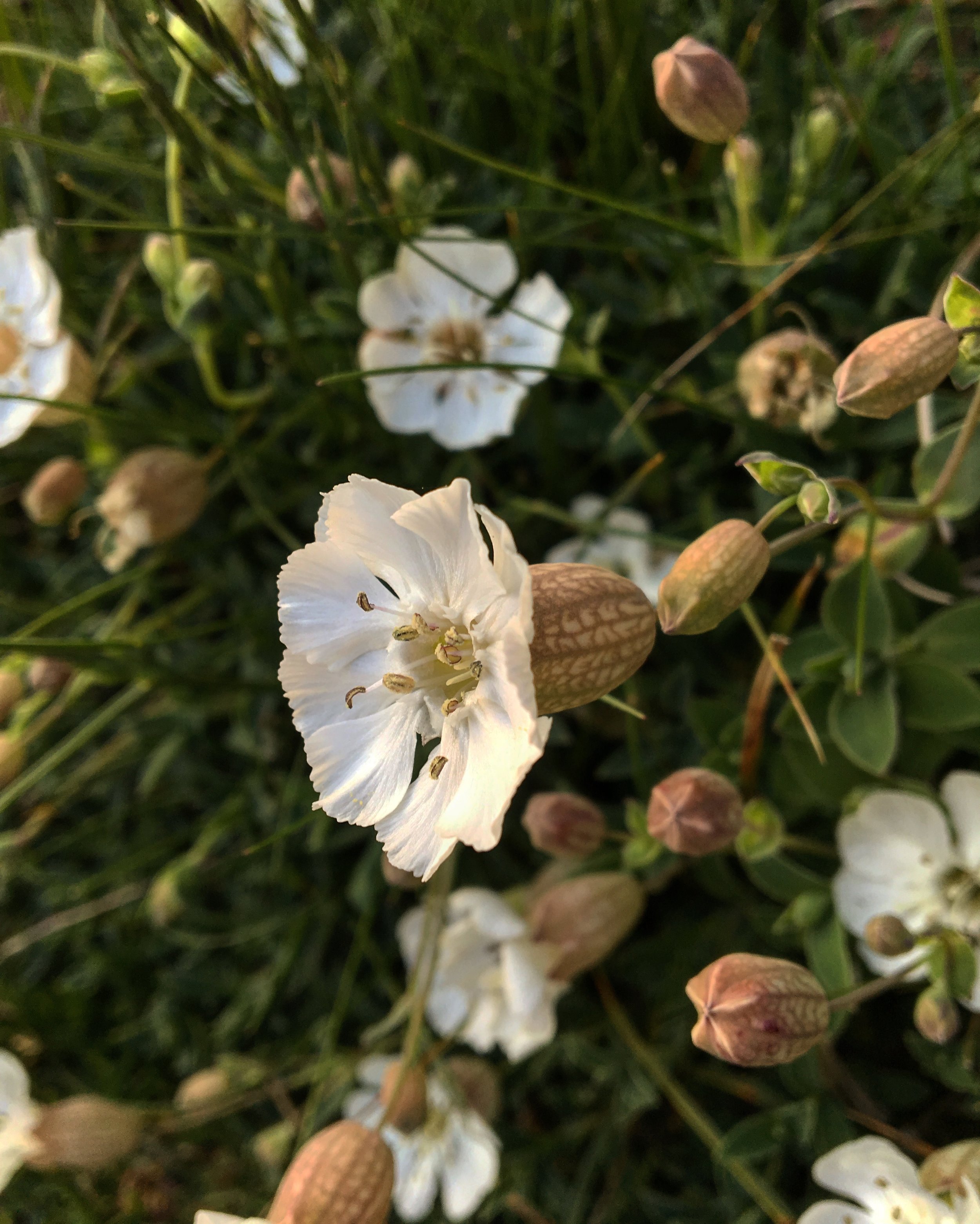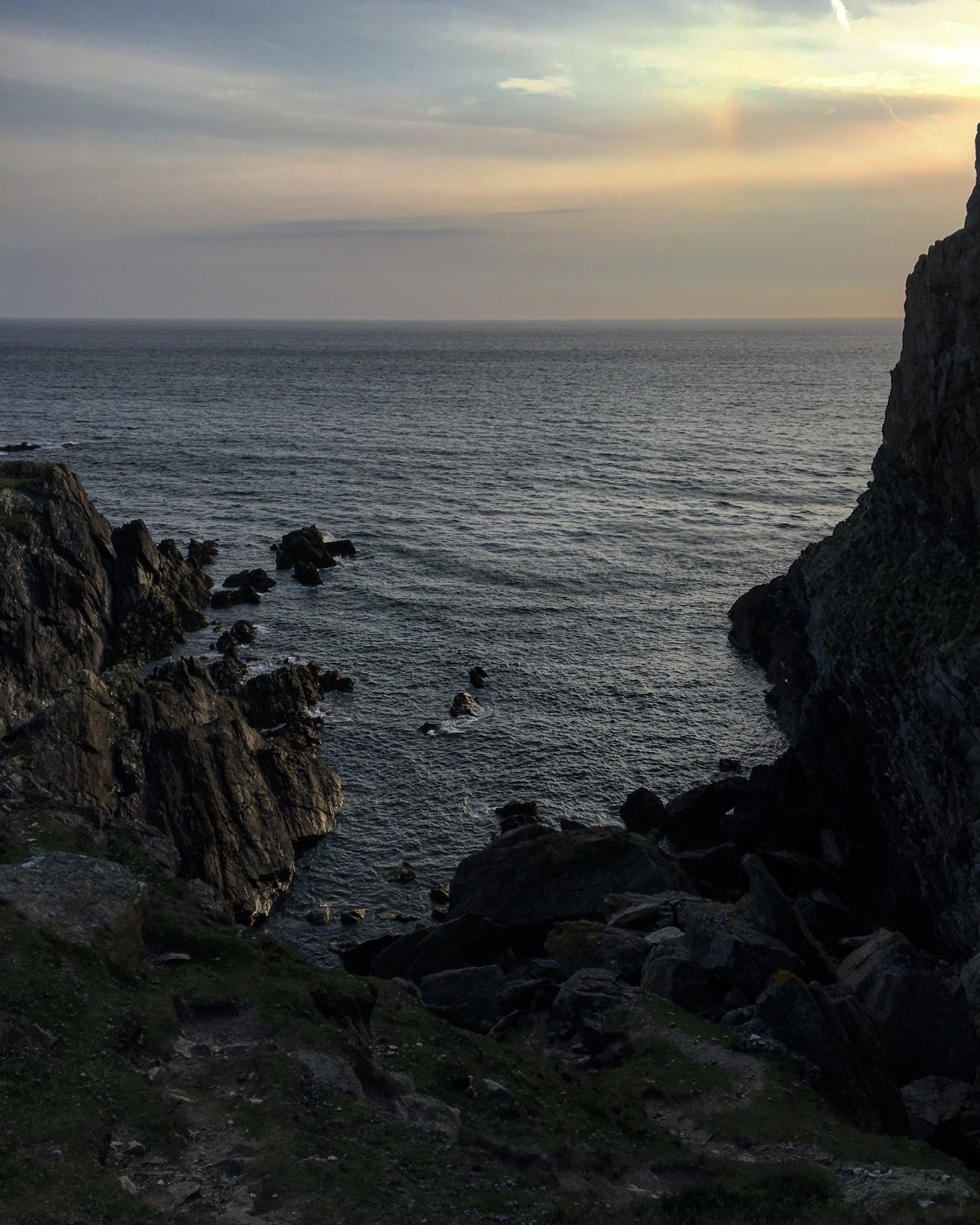On the journal today is Katrina Rodabaugh, a slow fashion and sustainability warrior. We talk to her about her latest book Mending Matters: Stitch, Patch, and Repair Your Favorite Denim & More. She kindly sent us a copy for a review which we’ll share with you soon!
CC: Tell us about Mending Matters and the journey you took to writing your own book?
K: Mending Matters was the result of launching a personal art project, Make Thrift Mend, in August 2013. I launched the project just months after the Rana Plaza garment factory collapse in Dhaka Bangladesh in April 2013 killing over 1,100 people. After the collapse I decided I wouldn’t buy new clothing for one year. Instead I’d focus on making simple garments by hand, supporting thrift stores and secondhand shops, and mending what I already owned.
Soon after mending my clothing a friend asked me to teach my first mending workshop at a fabric store where she worked. It sold out quickly, much to my surprise. I offered a second workshop and that sold out quickly too. That’s when I realized people were eager to learn repair work. That was five years ago and I’ve been focusing on sustainable fashion ever since. Mending Matters is the culmination of teaching mending to thousands of students and wanting to have a way to teach people all over the world. The book allows folks to learn my techniques from their homes instead of traveling to my workshops.
CC: I know you’re inspired by slow fashion. Can you tell us why this is so important to you, and how it influences the way you live and work?
K: Sustainability has always been central to my values. I was an Environmental Studies major in college and then went straight to work for nonprofit arts organizations like galleries, theaters, and art centers. Then I went to graduate school for creative writing and focused on poetry and book arts. So, I was working in arts offices by day, making fiber installations and poetry by night, and trying to live as sustainable as possible.
When the Rana Plaza factory collapsed I realized I had overlooked fashion in my attempts at sustainable living. I was recycling everything, keeping a compost bin in my urban apartment, and supporting my local organic farms but I was buying clothes from the sales racks of major fashion retailers. So, Slow Fashion really helped to deepen my commitment to sustainable living and also align my fiber arts, writing, and environmental concerns with my closet.
CC: I’d love to know what has been the biggest challenge, and the best surprise in writing your own book?
K: This is my second book so I really feel like I could be much more present and have more realistic expectations with this book. I think the biggest challenge is always editing—how to really focus the book on just one topic when there’s so much I want to share. And the best surprise is always the collaborators. The people that supported this book are truly incredible people. By the time the book publishes it’s not just my book anymore. It’s a book by my editor, agent, photographer, models, graphic designer, publicist, and all the folks at Abrams Books and then it’s the book of the reader too. I like thinking of the book as a community effort—it doesn’t exist in a vacuum but instead it’s a collaborative process that continues all the way to the reader mending her jeans.
CC: Can you tell us about your home, your workspace, and what a typical day looked like for you during the writing process?
K: Well, I’ve had to give up any idea of “typical” in the last few years. My husband and I are both working artists and self-employed so our daily schedules shift all the time. But in October 2015 we moved 3,000 miles from a small apartment in Oakland, CA to the rural area of the Hudson Valley in Upstate NY. We bought a 200-year-old farmhouse and immediately started DIY renovations. Our young sons were then just three-years-old and six-months-old. It was a wild time. In January 2016 I sent the book proposal for Mending Matters to a handful of agents and signed with my amazing agent in March. We signed with my publisher in November 2016 and the book was just officially published on October 16, 2018.
So, for the past three years, parenting two young children, DIY renovating an 1820s homestead, and writing this book while being self-employed was really an act in time management, diligent focus, fierce priorities, and a good dose of humor. I couldn’t do all the things I wanted to do in a given day or even a given month. So, I just had to really focus on the deadlines, prioritize the photo shoots, and trust my incredible team of colleagues at Abrams to carry the book to publication. Which they did so beautifully. It was a great reminder that many brains are better than one.
CC: When you aren’t mending, how do you enjoy spending your time?
K: If I’m not in my studio or at my computer I’m probably working on our farmhouse, barns, gardens, or caring for our sons—oftentimes these things overlap, of course. We’ve really leaned into creating the family homestead we dreamed. So, we’ve added chickens and bees and each summer we expand the garden or further renovate the barns into our studio spaces. There are very blurred lines between my work, my home, and my family life but I do try to leave the work behind sometimes and just go canoeing with the boys, have a bonfire in the backyard and roast marshmallows, or go take a family hike. Leisure time is very scarce as a working mom but I relish in the moments when we can really unwind as a family.
CC: And lastly, if someone reading your story were inspired to follow their own creative dream, what advice would you give them?
K: Go for it! You’ll probably never feel ready. You’ll never know everything you need to know or perfectly calculate all the risks. But trust yourself that you’ll figure it out as you go. I think we confuse recklessness with risk-taking. You can be adventurous and take risks and still be very reasonable and responsible. In some ways, it might actually be more responsible to follow our dreams than let them wither. Especially if they’re persistent.
If there’s something you know in your heart you really want to create, build, or achieve, then let that be your guide. Nurture it. Honor it. Protect it. Work towards it like it truly matters. And then, at some point, lean into the not-knowing and start doing. I always think of it as the balance between my heart and my head. My head leads the way with calculating risk, researching, and devising a plan that seems reasonable. But then, at some point, my heart takes the lead and I move into action and just try to hold on for the journey.




